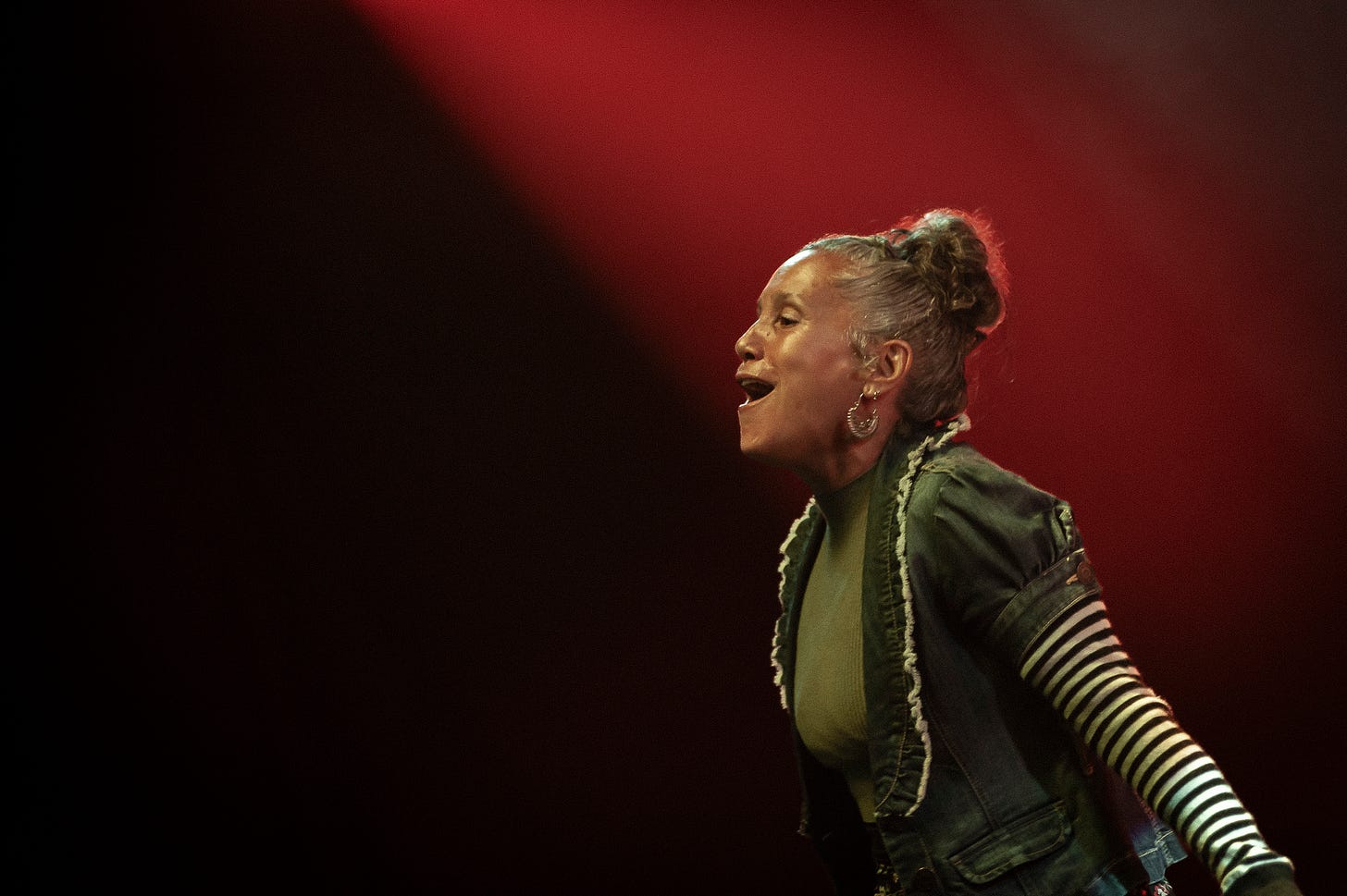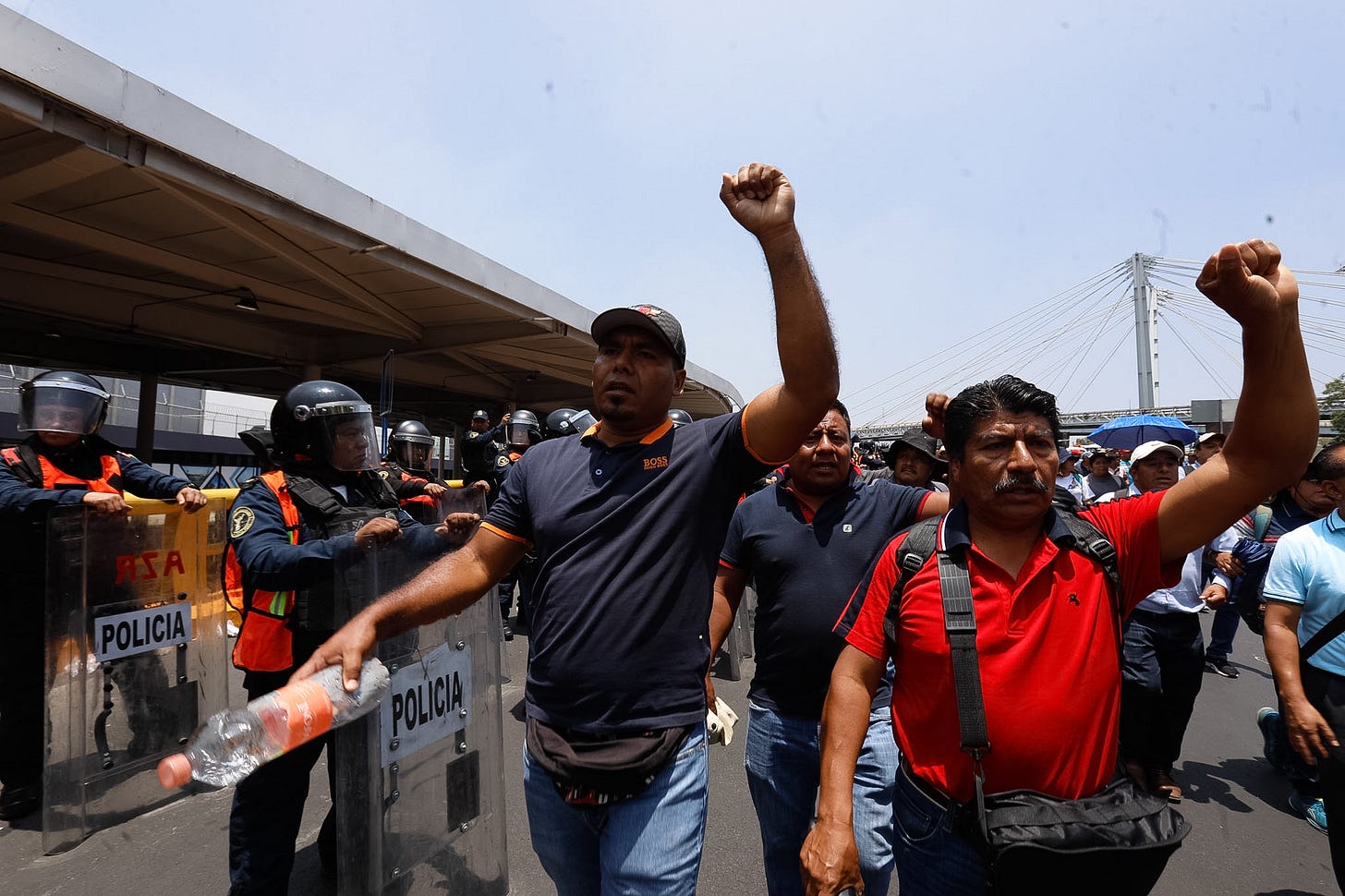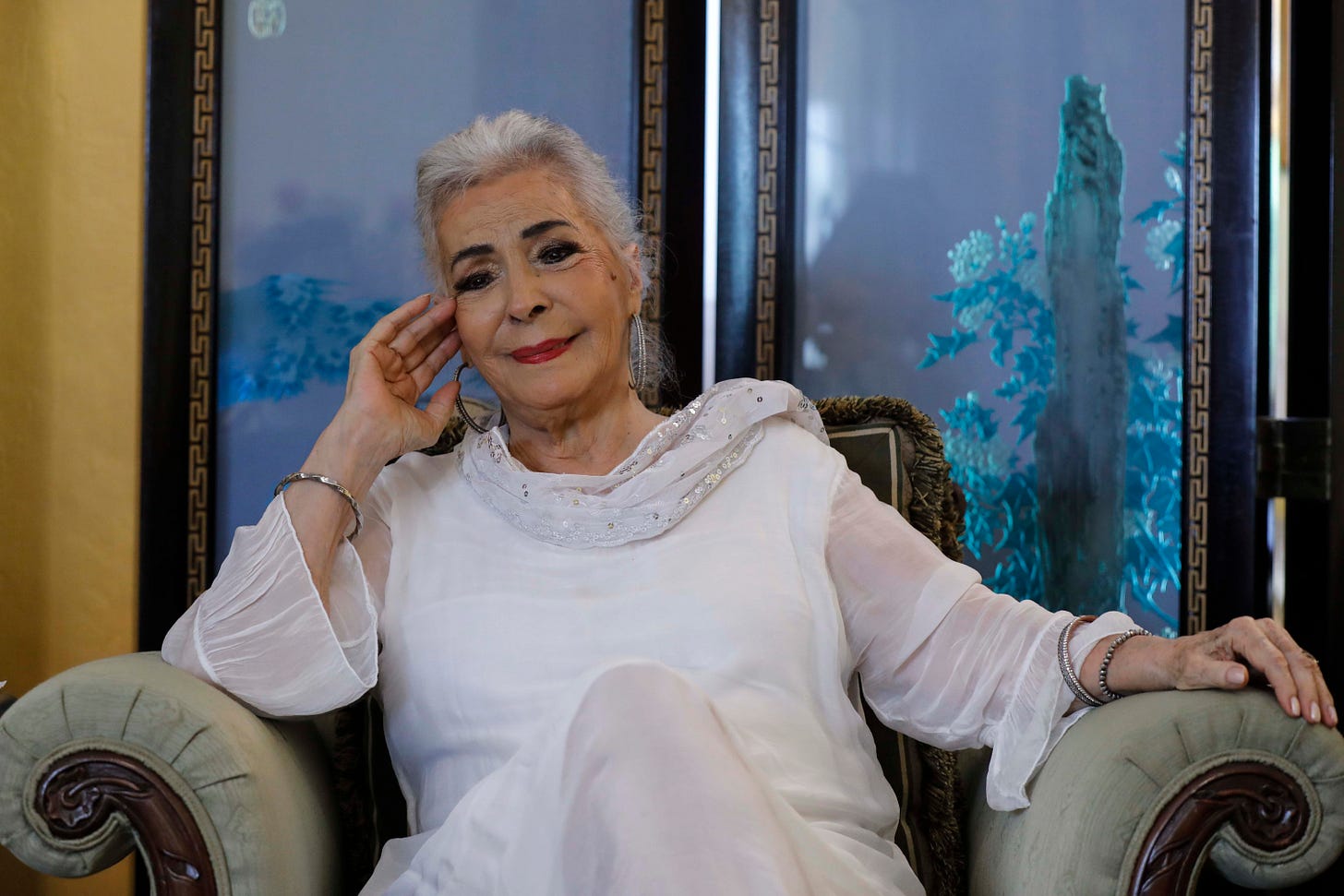30 May 25 | The Power of the Image
Also in this edition: Music from Cuba and Mexico through Jazz. Seeking truth in the case of the 43. $2.5 billion stolen from Mexico. Interview with Elsa Aguirre, a film icon.
Lea La Jornada Internacional en español aquí.

The challenge now is distinguishing what is real in digital images
Images of Emiliano Zapata, Lázaro Cárdenas in the Zócalo, the wars in Central America, the Zapatistas launching the first anti-neoliberal uprising, Indigenous women in resistance, Mexico’s first female president Claudia Sheinbaum with AMLO, families searching for the disappeared, environmental activists, and teachers—all capture fleeting yet pivotal moments that become permanent through photographs that serve as collective references in Mexico’s memory. Sebastião Salgado’s photos of “Workers,” the poetic sensibility of Graciela Iturbide’s images, and Susan Meiselas’s photographs of the Nicaraguan Revolution have captured transformations, moments of rage and grace, and the human imprint– images that have gone on to circle the globe.
In the new book, The Decisive Power of the Image: A Perspective from Mexican Soil, historian Rebecca Monroy Nasr recounts part of the history of the Mexican Council of Photography, a cornerstone in the development of photography in Mexico and Latin America. “It created an important connection at a time when South America was under harsh dictatorships, and here in Mexico we had a ‘soft dictatorship’—a visual complicity emerged,” she explains. “Injustice, exploitation, corruption... all of that looked very similar across our countries.” She adds: “I’ve always believed in the power of photography. For example, until people saw the photos of the dead and wounded from 1968, they didn’t believe it had really happened—or they dismissed the information, thinking it wasn’t real.”

Our newspaper is part of this visual history: “It wasn’t until newspapers like Unomásuno (1977) and La Jornada (1984) emerged that this new style of photojournalism appeared,” says Monroy Nasr in an interview. Before then, she explains, the photographer was always subordinate to the reporter, and their name often didn’t even appear in newspapers or magazines: “The reporter wrote the story, and the image was just there to illustrate it.”
Much of a photo’s power comes from the photographer’s vision—like the image of a dancer behind bars, captured by Herminia Dosal in 1977, which later became part of street protests.
This month, Mexican photographer Graciela Iturbide received the Princess of Asturias Award for the Arts in Spain. “Gifted with an innovative vision and extraordinary artistic depth, Iturbide’s lens has captured human nature through photographs rich in symbolism, creating a world of their own—from the primitive to the contemporary, from the rawness of social reality to the spontaneous magic of the moment,” wrote the jury. In Mexico, images such as Francisco Toledo with his Xolo, Monsiváis with the mannequin, and Graciela Iturbide’s angelic women have been etched into our collective memory.
The most influential photographers are those who join struggles for justice. “I like to tell these stories alongside women from the community and give them the recognition they deserve for their creativity,” says Lucero González in an interview with Elena Poniatowska. “More than 50 years have passed, and we’re still building a strong Mexican feminist movement… I want my work, both in sociology and in photography, to be part of the feminist struggle.”
This month, we also honor—with the news of his passing—the life of Sebastião Salgado, who, through his lens, brought together commitment to social justice and art. “He documented threatened peoples, devastated lands, lush forests surviving under growing threats, collapsing glaciers, gold and precious metal mines that turn men into ants; in other words, he showed how human beings manage to endure the unimaginable,” writes our columnist Eric Nepomuceno.
There’s no doubt that photography has changed, and is still changing, the world. But today’s challenge, Monroy explains, “is telling what’s real in a digital image.” That’s why we need honest, critical, committed, and powerful newspapers and photojournalists. In that spirit, this week we celebrate the life and work of Palestinian photojournalist Fatma Hassona.
The Quote
Look, I don’t chase poetry. Poetry is in reality.
-Manuel Alvarez Bravo
In case you missed it
◻️ Music from Cuba and Mexico through jazz. Iraida Noriega is like a sonic map where Mexico, Cuba, and jazz come together. Her latest project, Ríos, is a tribute to the roots that define her, blending the musical influences of both nations through a genre born in African American communities in New Orleans in the late 19th and early 20th centuries.
◻️ Teachers on National Strike. The National Coordinating Committee of Education Workers (CNTE), the democratic currentof the largest labor union in Latin America, is striking to demand increases in real wages and decent pensions. As a result of these actions and the latest round of negotiations with the government, unionists are now evaluating a new proposal. “The democratic teachers’ movement has spent 45 years doing sit-ins and organizing mobilizations… They have endured the most obscene, racist, and dishonest smear campaigns in the media—like the ones they’re facing now... Their leaders have been assassinated, imprisoned, persecuted, and fired. And yet, they persevere. Their efforts, sacrifices, and suffering have, over time, been transformed into victories,” writes Luis Hernández Navarro.
◻️ Binational rejection of the remittance tax. “We called on our citizens living over there— many of whom now have dual citizenship and continue to support their families—to send letters, emails, and messages on social media to the senators, telling them that we do not agree with this,” said the President of Mexico. Meanwhile, a group of senators will travel once again to Washington to lobby against the proposed tax. But remittances are only a small part of a much larger bill—one that not only includes massive funding for anti-immigrant measures but also, if passed, would enable the largest transfer of wealth in U.S. history to the richest individuals.
◻️ In pursuit of the truth in the case of the 43. The parents of the 43 missing Ayotzinapa students, in their third meeting with the president, acknowledged that she has shown willingness to continue pursuing the truth. However, they demanded the removal of the special prosecutor for the case, Rosendo Gómez Piedra, stating that “he has not provided clear answers.” Mario González, father of missing student César Manuel González, told Arturo Cano: “Does a parent’s love for their child have an expiration date?”
◻️ $2.5 billion stolen from Mexico. That’s the amount that the former Secretary of Public Security of Mexico, Genaro García Luna, and his wife, have been ordered to pay to the Mexican government by a court in Miami. García Luna is currently serving a prison sentence in the United States for accepting millions in bribes from the Sinaloa Cartel during the presidency of Felipe Calderón—criminal acts that continued under President Enrique Peña Nieto. The Mexican government’s investigation into García Luna and his associates is ongoing, according to the Financial Intelligence Unit. Julio Hernández describes it as a case of “cross-administration corruption,” and columnist , Carlos Fernández Vega writes that continues to raise the question: “Did no one know?” It stands as a prime example of neoliberal corruption.
◻️ Chile will constitutionally recognize Indigenous peoples. “For a long time, we have lived with a painful conflict between the Chilean state and the Mapuche people, one that has brought dispossession, violence, and neglect to millions of Mapuche and non-Mapuche compatriots for generations,” declared President Gabriel Boric. He announced that he will submit a constitutional reform to Parliament to formally recognize the Indigenous peoples who inhabit Chile, along with a new system for the restitution of ancestral lands.
◻️ Interview: Elsa Aguirre, Icon of the Golden Age of Mexican Cinema. “Now I just share the countless experiences of my life. They were all beautiful, but out of ignorance, you suffer—because I didn’t know where I stood. Imagine, I was barely 15 and I didn’t want to open myself up to life. And suddenly, I found myself in the world of film, with cameras, people, and an education that wasn’t what it should have been,” she says at 95 years old. She adds, “I never imagined becoming a film actress, or famous, or having money—never. That didn’t call to me. The word inside me was: ‘to fly.’ I wasn’t acting—I was living it all.”
🎧 Lo que estamos escuchando
Radio Bilingüe interviews Luis Hernández Navarro / Teachers in Struggle: caged labor and profits for private banking.








